| C a r l o s B a r ã o | carlosbaraomail@gmail.com |
|
|
|
|
|
| 2020-2024 | |
.jpg) |
|
.jpg) |
|
.jpg) |
|
.jpg) |
|
|
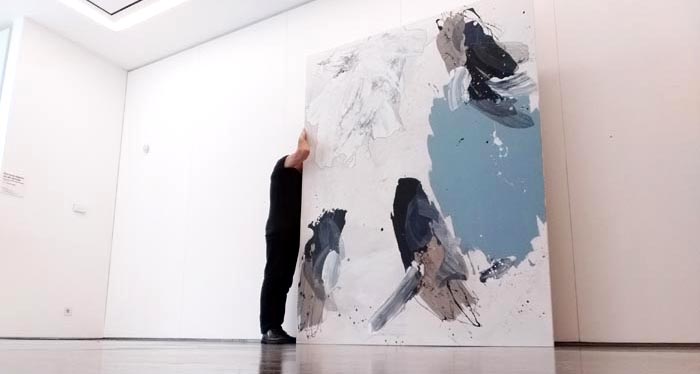 |
|
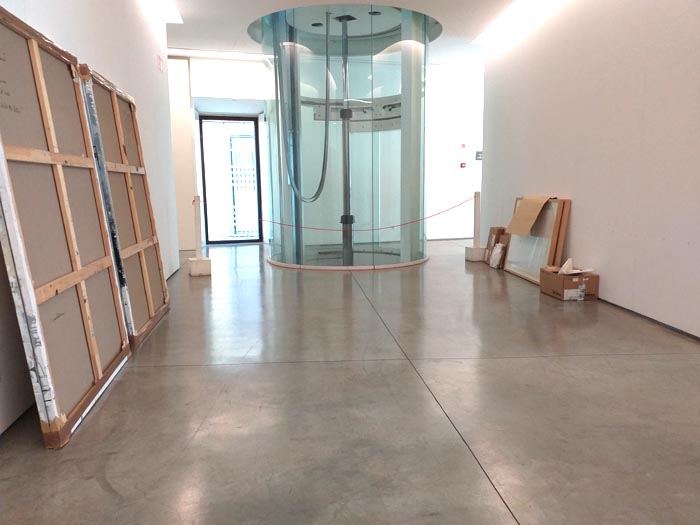 |
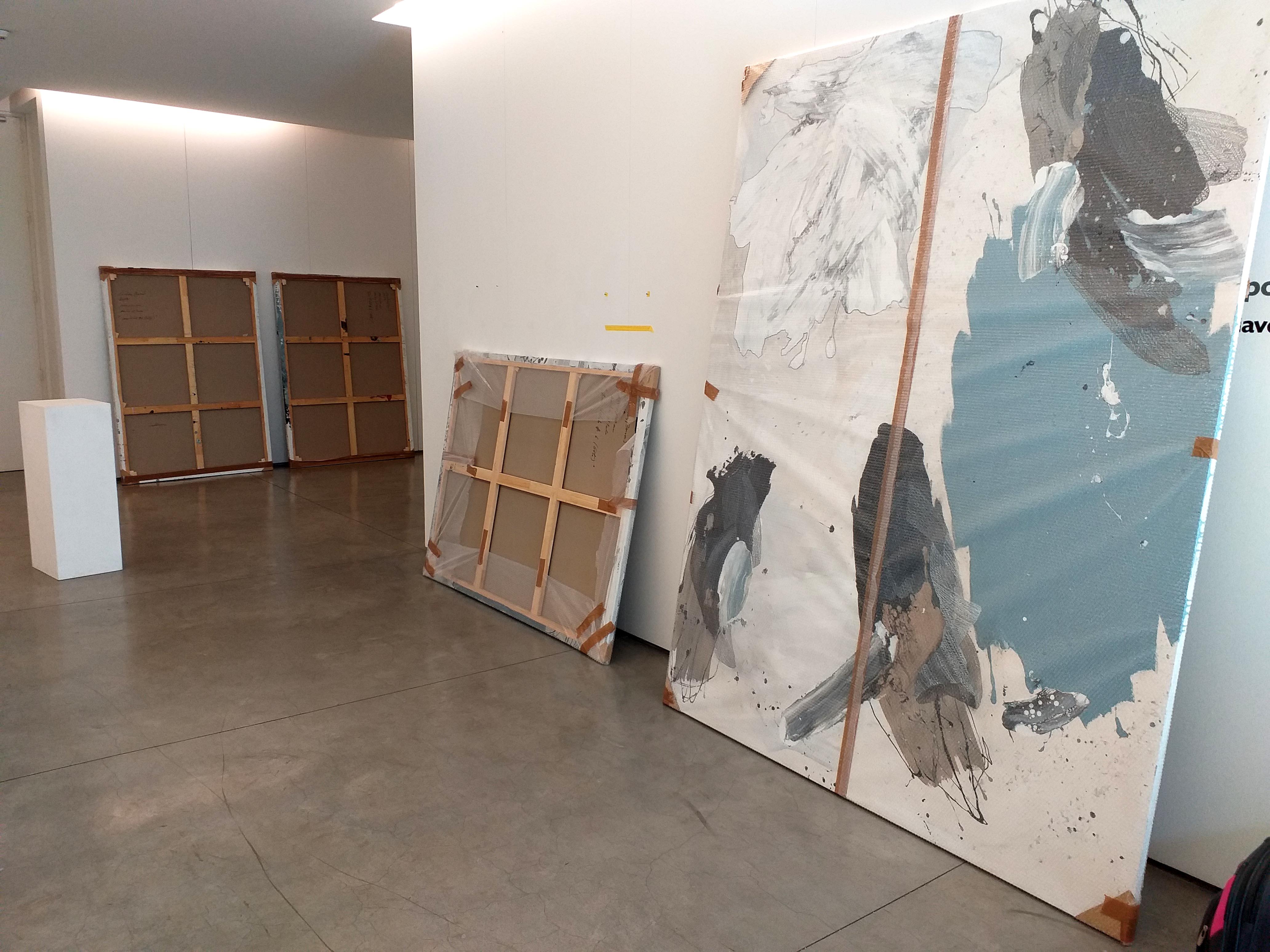 |
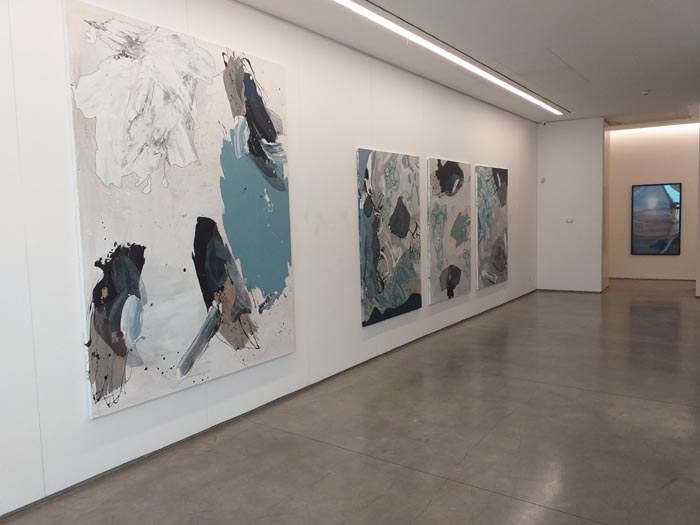 |
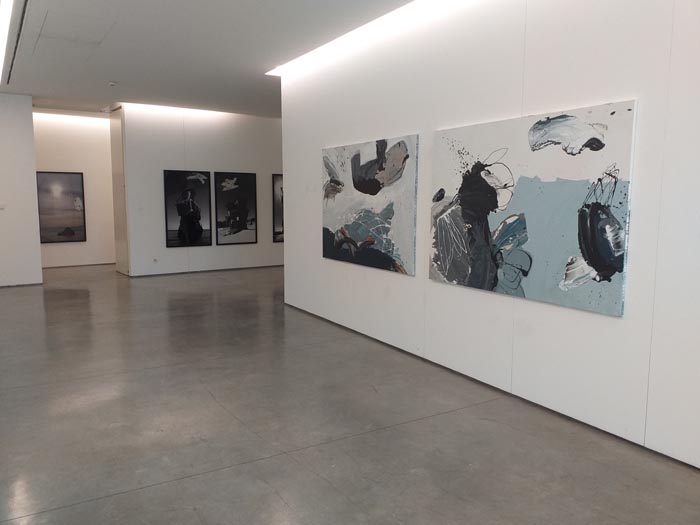 |
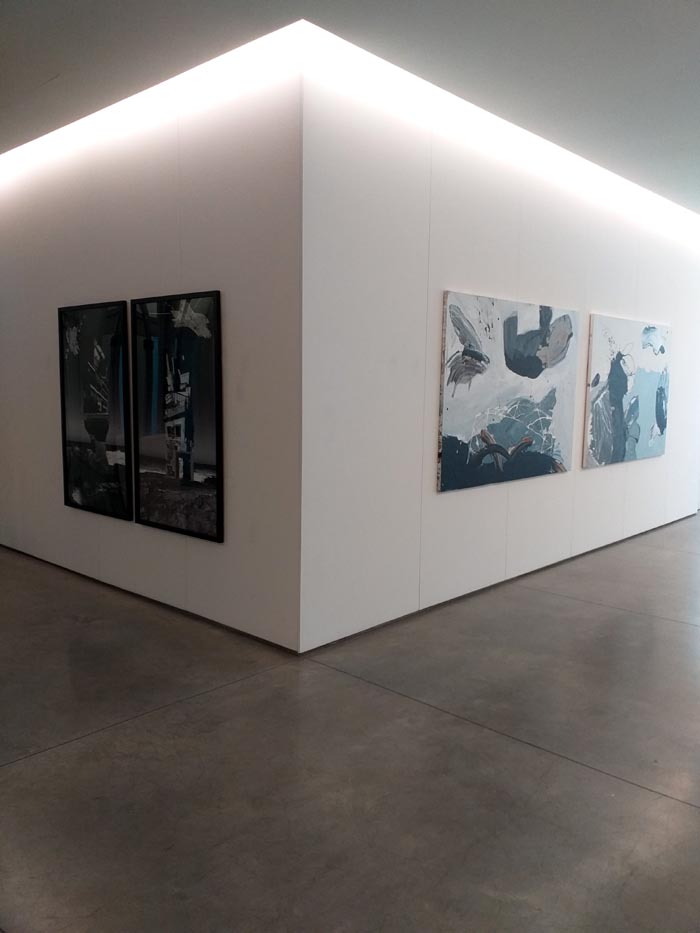 |
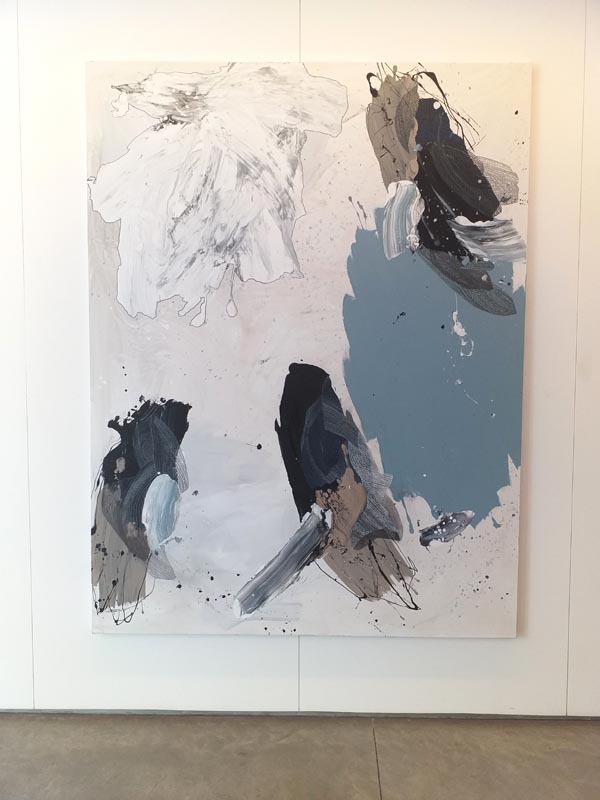 |
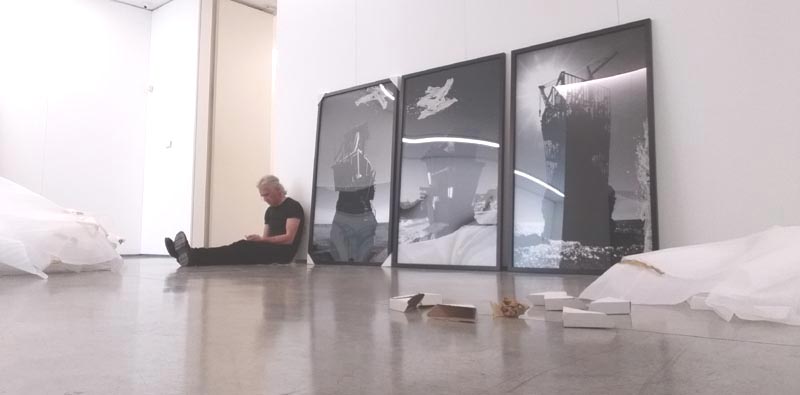 |
|
.jpg) |
.jpg) |
.jpg) |
.jpg) |
.jpg) |
.jpg) |
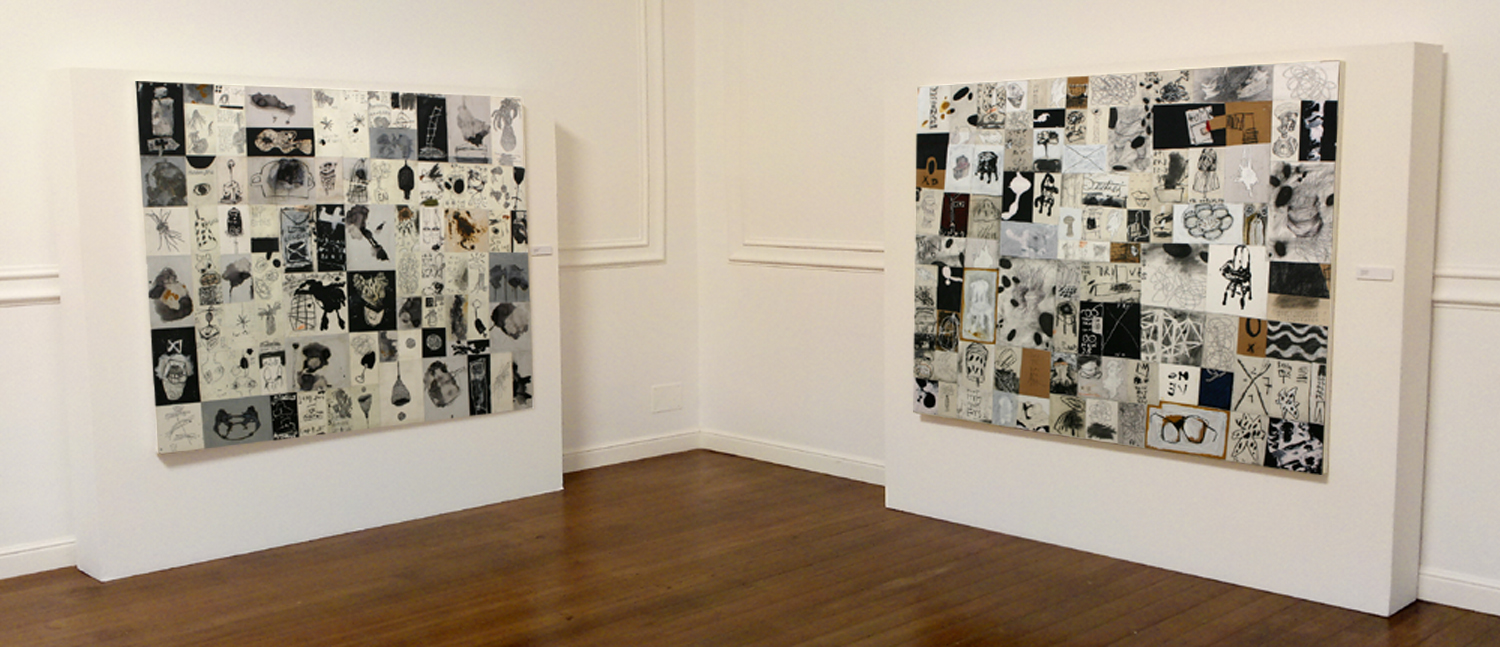 |
|
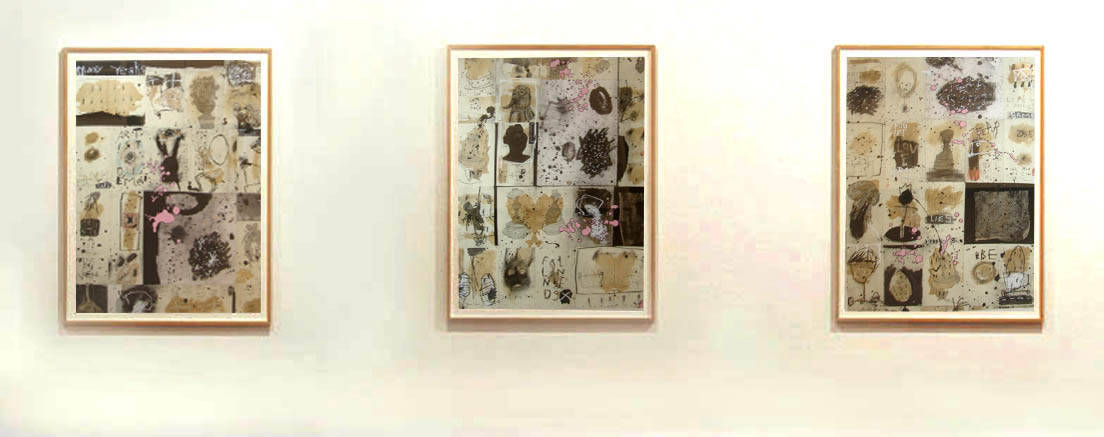 |
|
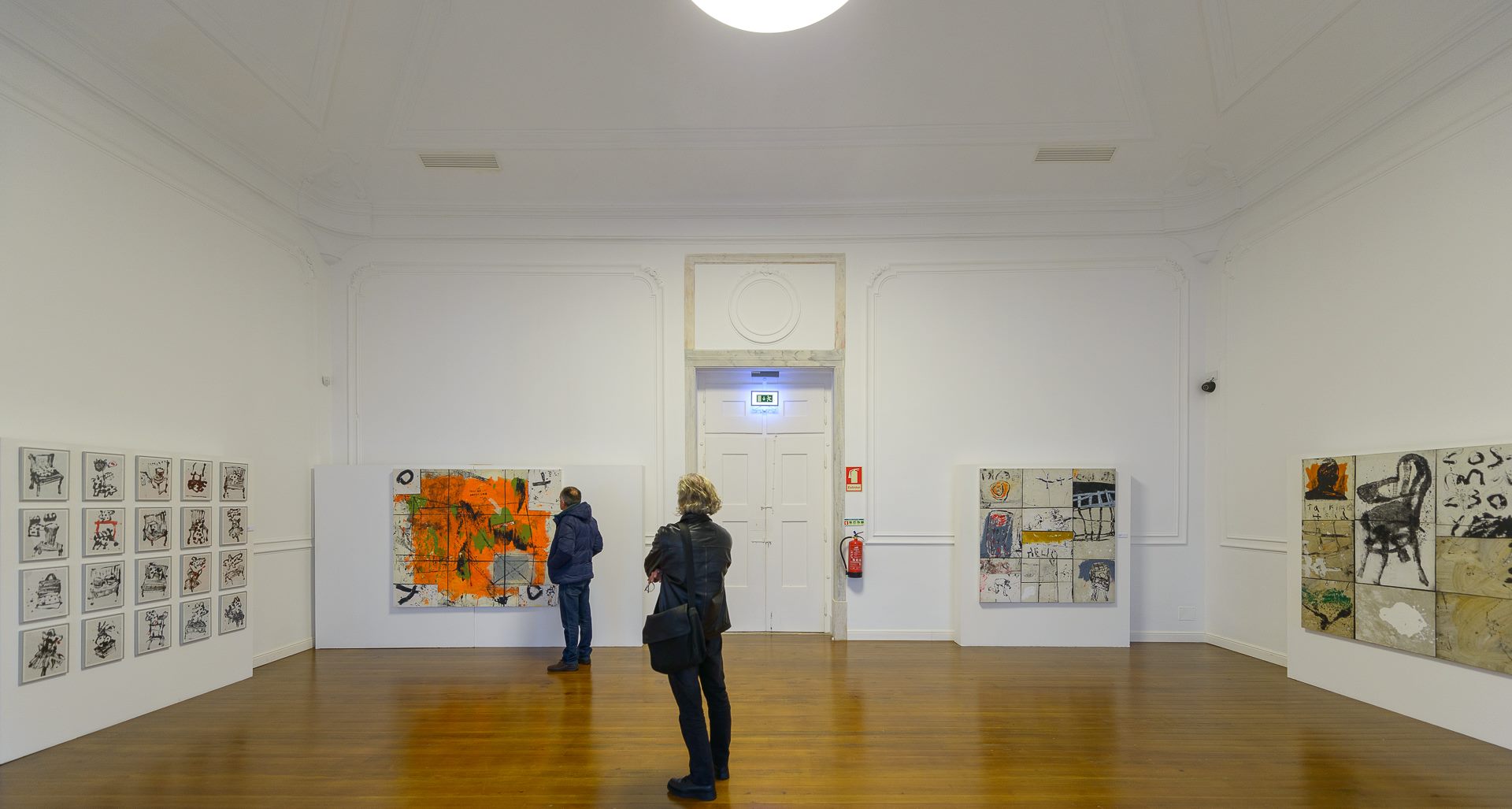 |
|
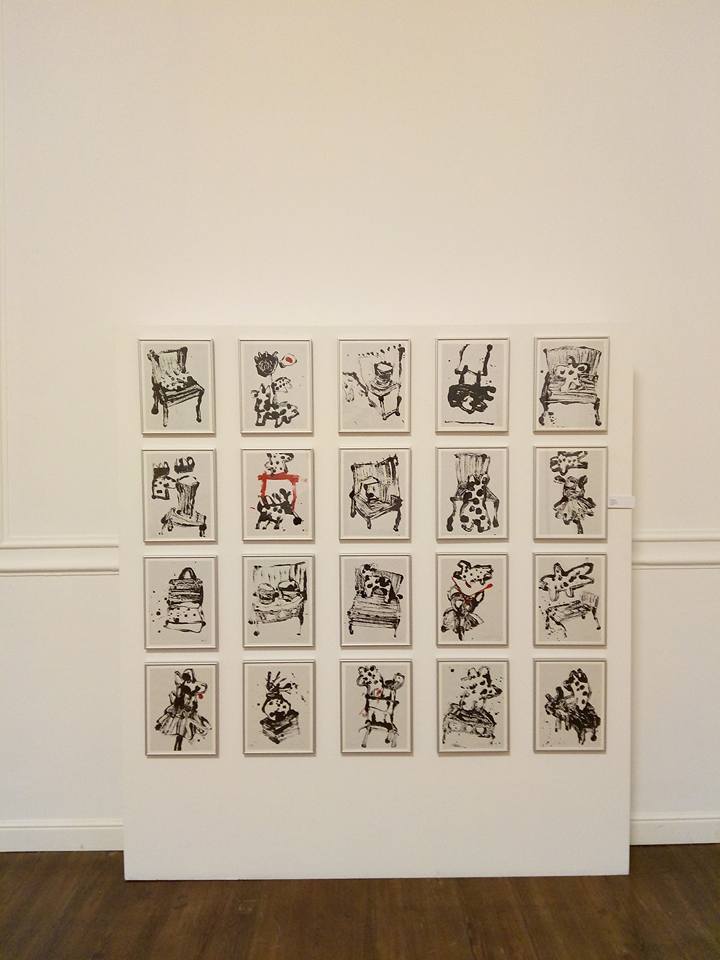 |
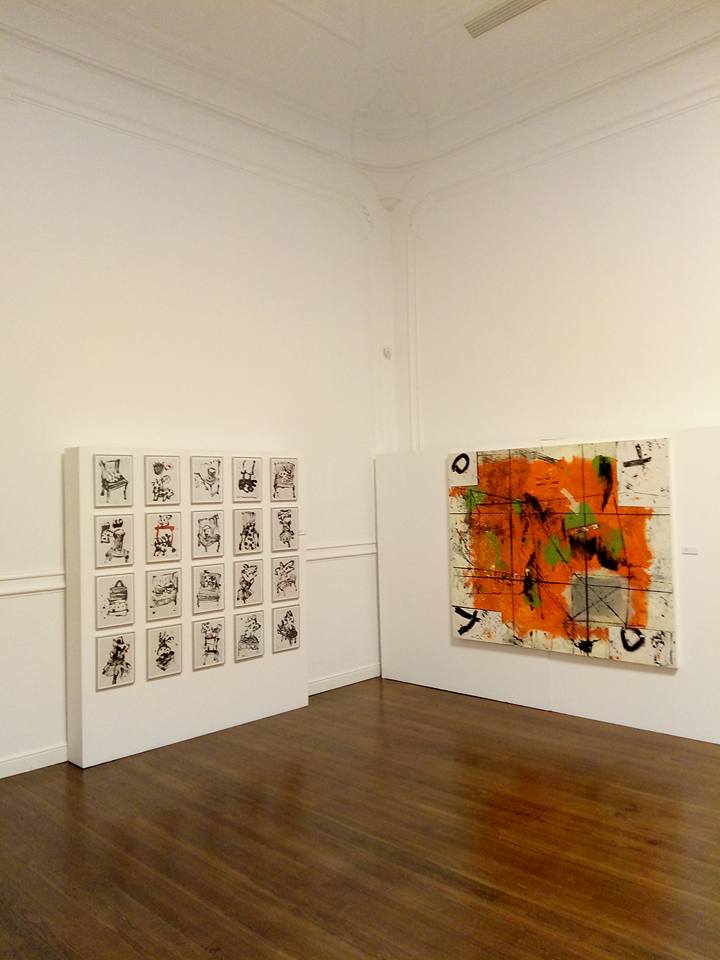 |
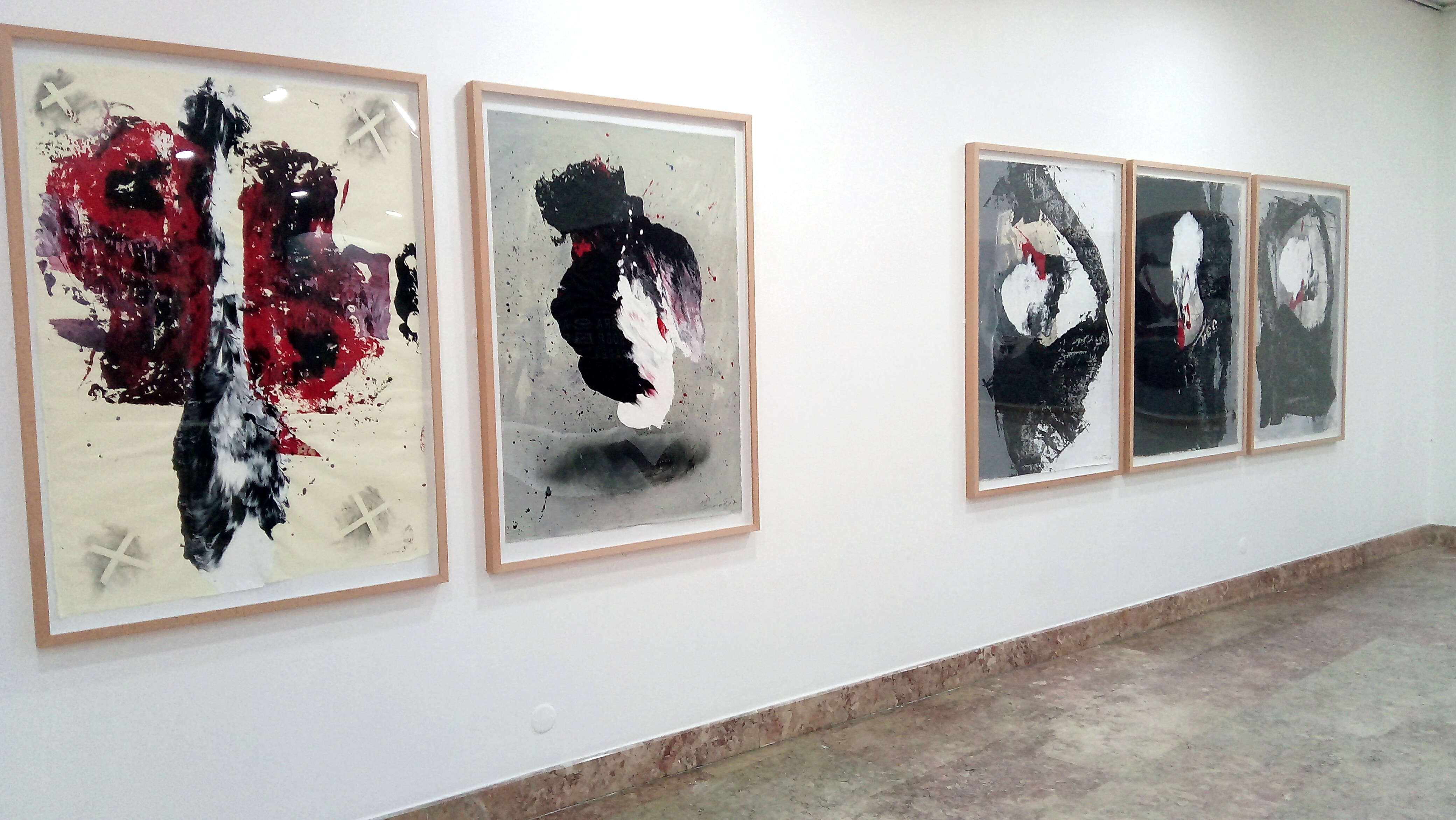 |
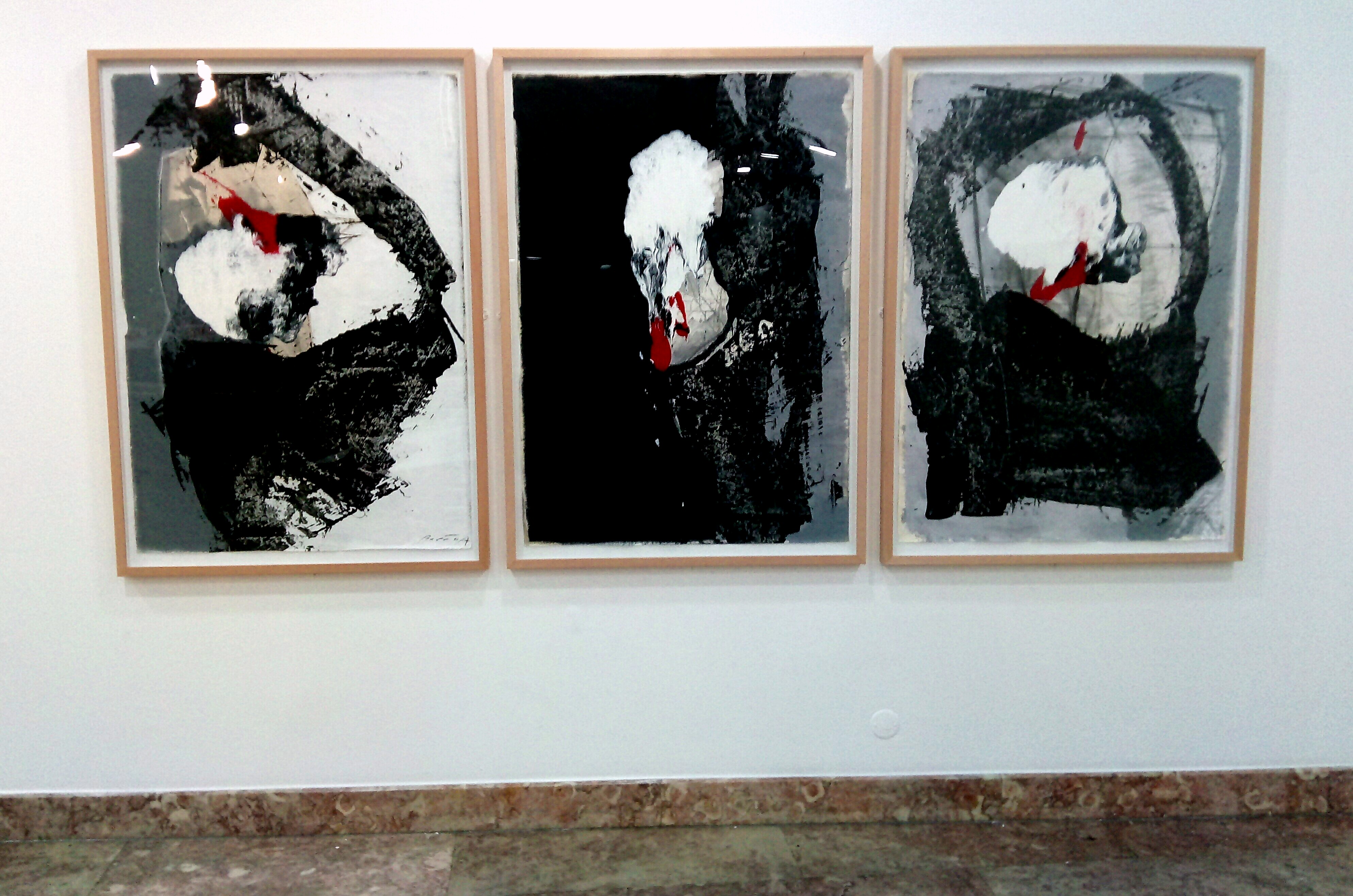 |
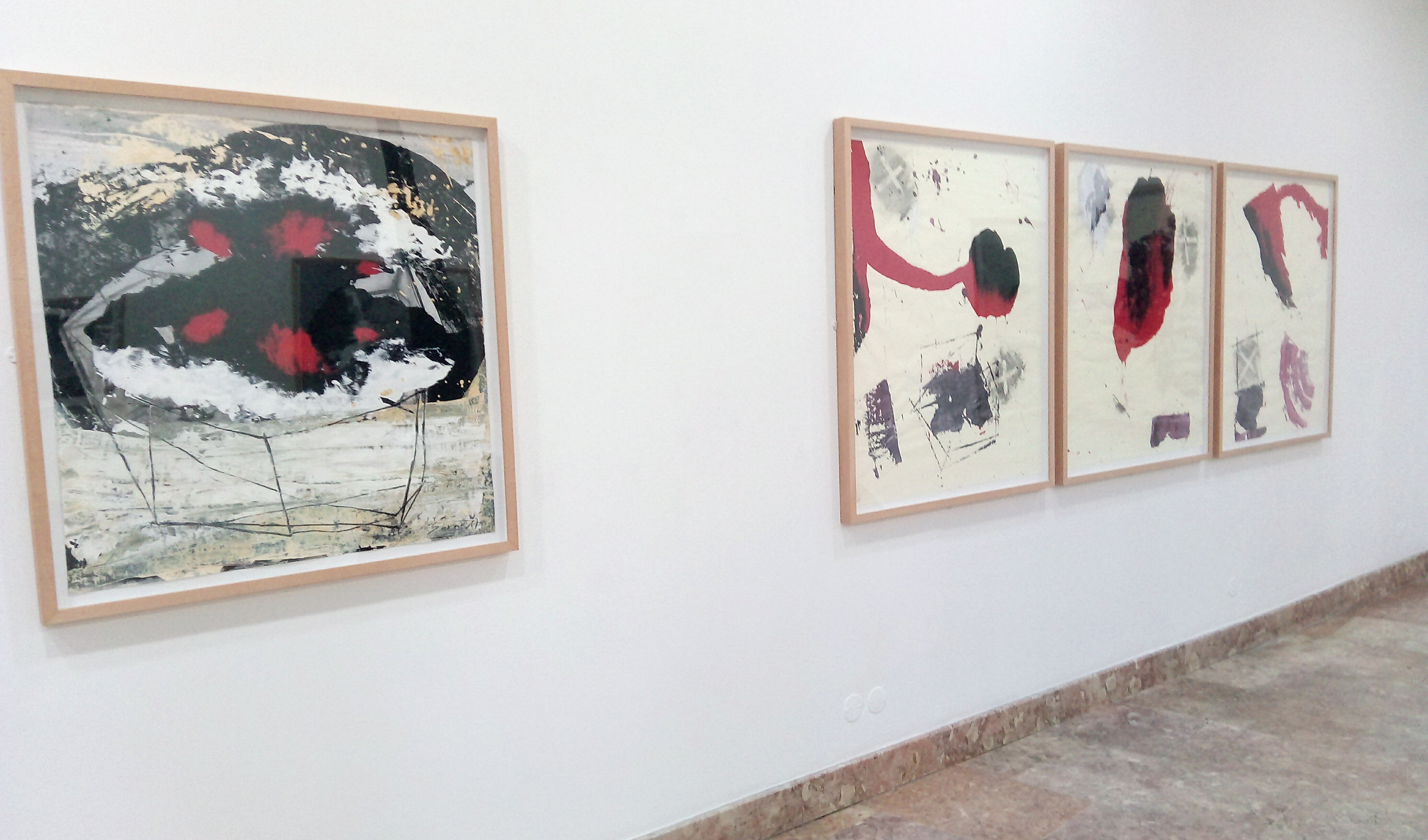 |
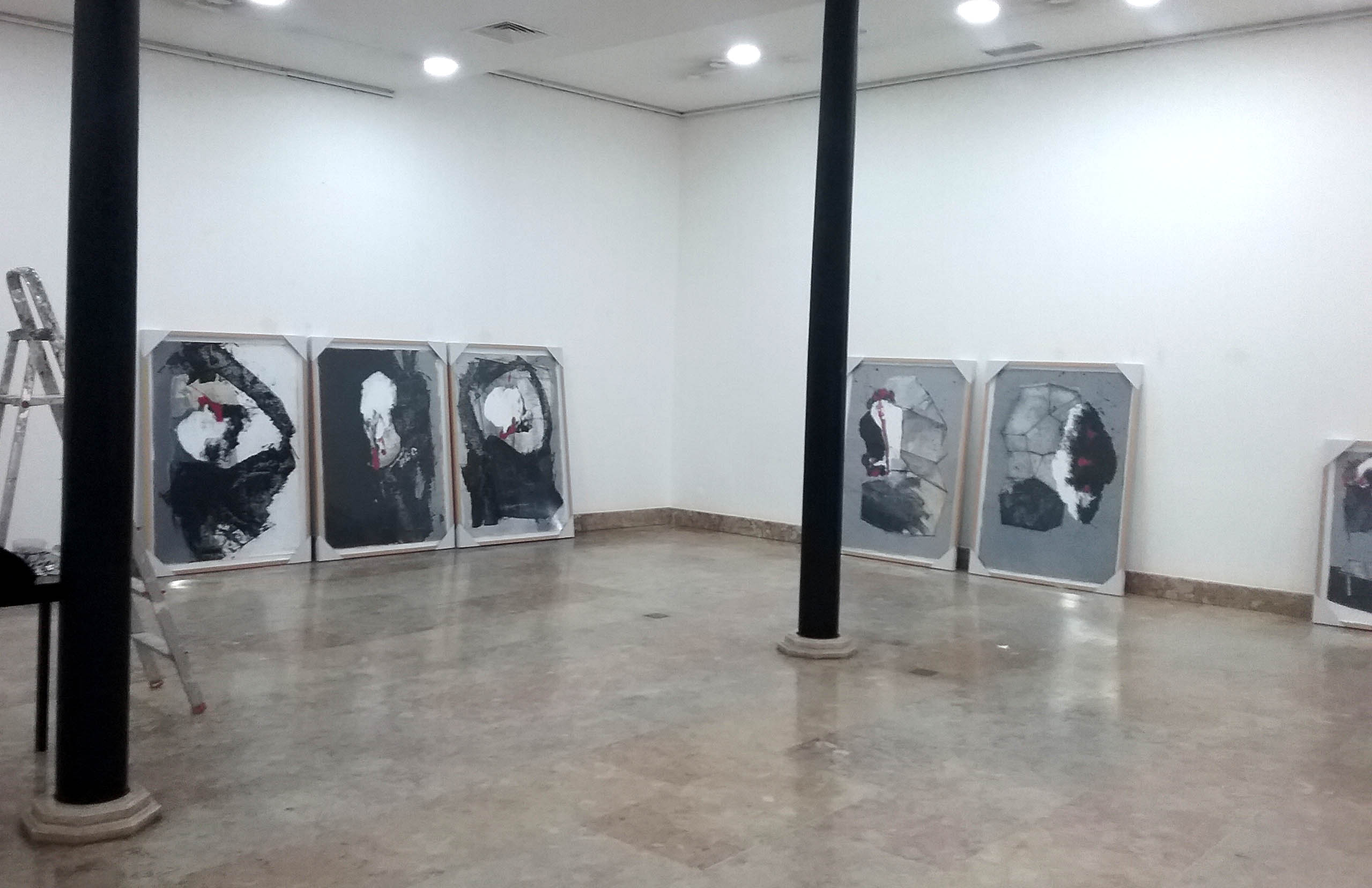 |
.jpg) |
.jpg) |
.jpg) |
.jpg) |
.jpg) |
.jpg) |
.jpg) |
.jpg) |
.jpg) |
.jpg) |
.jpg) |
.jpg) |
.jpg) |
.jpg) |
|
2010 - 2014 |
|
||||||||||||||||||||
| 2005 - 2009 |
.jpg) |
.jpg) |
.jpg) |
.jpg) |
.jpg) |
.jpg) |
.jpg) |
|
.jpg) |
.jpg) |
.jpg) |
.jpg) |
.jpg) |
.jpg) |
.jpg) |
.jpg) |
.jpg) |
|
.jpg) |
.jpg) |
.jpg) |
.jpg) |
| 2000 - 2004 |
.jpg) |
.jpg) |
.jpg) |
|
.jpg) |
.jpg) |
.jpg) |
|
.jpg) |
|
.jpg) |
.jpg) |
|
|
|
|
S T U D I E S
Lisbon,
1964.
Studied History of Art, Design/Communication and Psychology at the University Nova of Lisbon and at the Lisbon Higher Institute of Applied Psychology. C O L L E C T I O N S / M U S E U M S / P U B L I C - A R T Art Museum of Coimbra. Portugal Art Museum of Sintra, Portugal
Banque Privée BCP.
Swizerland
Burj
Khalifa
Building. Dubai, Unite Emirates
Cultural Centre of Almancil.
Portugal
Cultural Centre of Grindavik.
Iceland
Emmaar International.
Dubai, United Emirates
Financial
Club of Vigo. Vigo, Spain Insurance Company Tranquilidade. Portugal
Siemens Group
International Contest Dubai Art Symposium 2005. Second Prize. International Jury.
S O L O E X H I B I T I O N S 2022 Trema Gallery. Lisbon 2020 Trema Gallery. Lisbon 2019 Art Gallery House of Culture. Setúbal. Portugal 2018 Museum of The Moving Image. Leiria. Portugal (jun-ago) Art Gallery Arquivo. Leiria. Portugal. (jun) Art Gallery ISPA.Lisbon (Papers) Portugal
2017 Art Gallery Trema. Lisbon Portugal Art Gallery ISPA (Paintings). Lisbon. Portugal 2015 Bank of Portugal / City Hall of Leiria. Leiria, Portugal 2014 Art Gallery Valbom. Lisbon, Portugal Art Museum of Coimbra. Portugal 2013 Mivagallery, Malmö, Sweden 2012 Art Gallery Sete. Coimbra. Portugal 2011
Art Gallery Valbom. Lisbon, Portugal
Art Gallery Sete.
Coimbra, Portugal. Art Gallery Pedro Serrenho. Lisbon, Portugal.
Art Gallery Vale do Lobo. Vale do Lobo, Portugal
2010 Art Gallery Espaço Tranquilidade. Lisbon, Portugal 2009
Cultural Centre S. Lourenço. Almancil, Algarve, Portugal. Art Gallery Pedro Serrenho. Lisbon, Portugal
2008 Siemens Academy. Lisbon, Portugal. 2007
Bank of Portugal / City Hall of Leiria.
Leiria, Portugal
Cultural Centre S. Lourenço. Almancil, Portugal Art Gallery Pedro Serrenho. Lisbon, Portugal
2006
Siemens Academy. Lisbon, Portugal Art Gallery Pedro Serrenho. Lisbon, Portugal
2005
Cultural Centre S. Lourenço. Almancil, Portugal Leiria´s Castle. Leiria, Portugal
2004
Art Museum Reykjanes. Keflavik, Iceland
Art Gallery Vale do Lobo.
Vale do Lobo, Portugal Art Gallery Pedro Serrenho. Lisbon, Portugal
2003
Bank of Portugal / City Hall of Leiria. Leiria,
Portugal
Opening of Art Gallery Contemporarte/New Space.
Leiria, Portugal Opening of Stadium Magalhães Pessoa. Leiria, Portugal
2002
Art Gallery Pedro Serrenho. Lisbon Portugal 2001 Galeria Ofíciios do Tempo. Lisboa
G R O U P E X H I B I T I O N S 2022 Art Museum of Sintra LAAF Lisbon Art and Antiques Fair. Lisbon. Portugal 2021 DRAWINGROOM , Art Fair, Madrid, Spain FIG Bilbao, Art Fair, Bilbao, Spain 2020 DRAWING ROOM LISBON. National Society of Fine Arts. Trema Gallery, Lisbon, Portugal 2019 JUSTMADRID 2019. International Art Fair of Madrid. Gal. Trema 2018 JUST LX . International Fair of Lisbon (may) Marqueses da Praia e Monforte Palace. Estremoz. Portugal. Art Gallery Trema. Lisbon Gallery City Museum of Estremoz. Portugal 2017 Estampa / Internacional Art Fair of Madrid. Art Gallery Trema. Madrid. Spain. 2016 Cultural Centre La Despenada. Villanueva de la Cãnada. Madrid. Spain City Hall of Corunha. Cultural Department. La Corunha. Spain. Amostra Gallery. Maia. Portugal Art Fórum. Maia. Portugal 2015 Gallery Valbom, Lisbon. Portugal "L´image du Sud". Bussines Center of Perpignan. Perpignan. France 2012 Art Gallery Valbom, Lisbon, Portugal Art Gallery Pedro Serrenho, Lisbon, Portugal
Art
Gallery Valbom, Lisbon, Portugal.
Cultural Centre S. Lourenço. Almancil, Portugal.
2010
International Fair of Lisbon
Art Gallery Valbom.
Lisbon, Portugal
Azores Academy of Arts.
Azores, Portugal
2009
International Fair of Lisbon
Cultural Centre S. Lourenço. Almancil, Portugal
2008 International Fair of Lisbon 2008. Art Gallery Pedro Serrenho.
Art Gallery L'Olympe. Perpignan, France.
Cultural Centre S. Lourenço.
Almancil, Portugal
2007 International Fair of Lisbon. Art Gallery Pedro Serrenho.
Bussines Center of Perpignan / Art Galery l'Olympe.Perpignan,
France
Cultural Centre S. Lourenço. Almancil, Portugal
Art Gallery Pedro Serrenho.
Lisbon, Portugal
2006
International Fair of Lisbon
City Museum of Coimbra. Coimbra, Portugal.
Cultural Centre S. Lourenço,
“25º Anniversary”. Almancil,
Portugal
2005 International Fair of Lisbon2005. Art Galley Pedro Serrenho.
International Art Symposium
/
World Trade Center.Dubai,
United Emirates.
Art Gallery Pedro Serrenho.
Lisbon, Portugal
2004
Cultural Centre of Figueira da Foz. Figueira da Foz, Portugal
Opening of Art Gallery Pedro Serrenho/Oporto. Oporto, Portugal
Art Gallery La Factoria Perro Verde.
Madrid, Spain
“Arte Lisboa 2004”. International Fair of Lisbon.
Art Gallery Pedro Serrenho.
Lisbon, Portugal
2003
Financial
Club of Vigo. Vigo. Spain
Art Gallery Contemporarte. Leiria, Portugal
“Europe Art Languages”. Spacio-Laboratorio del Liceo Artístico.
Milan, Italy
Art Gallery Pedro Serrenho.
Lisbon, Portugal
2002
“Europa: identitá e linguaggio a confronto”.
Cultural Centre of Rozzano. Milan, Italy Cultural Department/City Hall of Borba. Borba, Portugal 2001
Opening of Art Gallery Pedro Serrenho/Lisbon.
Lisbon, Portugal
2000
Art Gallery Jean Pierre Masset. Paris, France
Glóvis Salgado Foundation.
Belo-Horizonte. Brasil
Art Gallery Manuel Macedo. Belo-Horizonte. Brasil Art Gallery San Ildefonso – La Granga. Segóvia, Spain
P U B L I C A T I O N S
"The art of outsmarting the shadow. writings on the face and the reverse of the creative process" Carlos Barão, 2020 Estuário Edit.
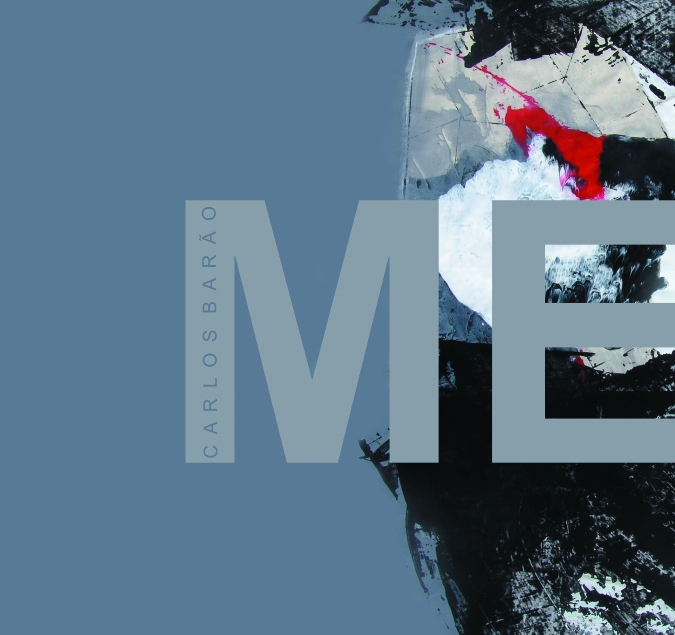 Catalogue of the Exhibition "ME" ISPA Gallery , Lisbon 2017
Catalogue of the
Exhibition
"Paisagem. O Elogio da Solidão" Art Gallery Valbom. 2014 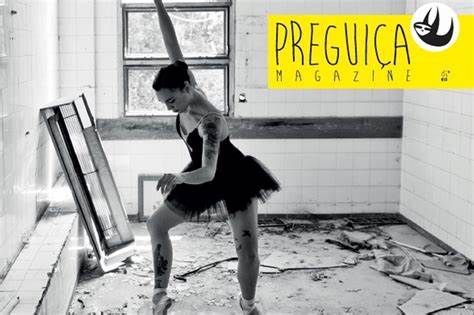 "Carlos Barão. Pintura"
Preguiça
Magazine
/ online. 30 April 2014 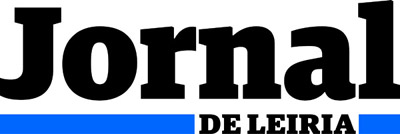 Interview in "Jornal de Leria" Elisabete Cruz (text), Ricardo Graça (photos) 10 April 2014 - pag.8 and 9
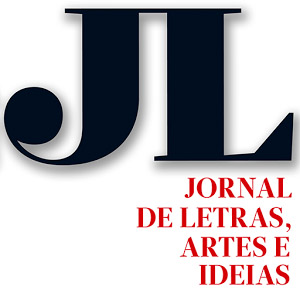 "Carlos Barão - O Parentesco das Coisas" Rocha de Sousa In "Jornal de Letras". nº 1063, 29 de Junho 2011 - pag. 26
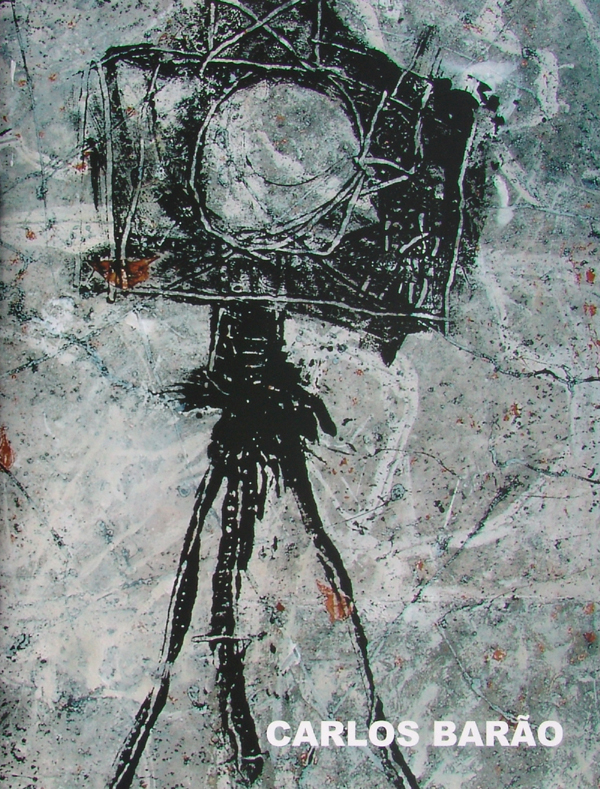 Catalogue of the Exhibition "O Parentesco das Coisas" Art Gallery Valbom. 2011
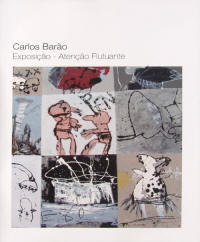
Catalogue of the Exhibition
"Atenção Flutuante" Art Gallery Espaço Tranquilidade . Lisbo
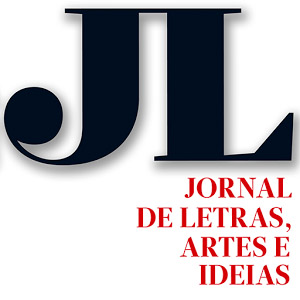 “Carlos Barão - Escritas Remotas” Rocha de Sousa In "Jornal de Letras" nº1006, 22 de April 2009 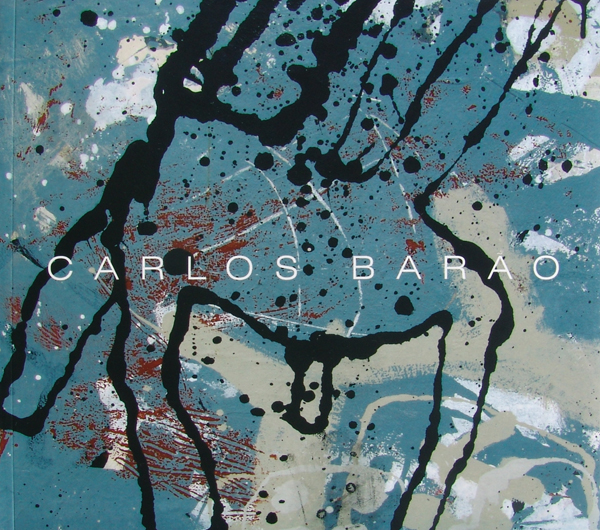 Book “Carlos Barão - Paintings 2009” Text of Hugo Dinis. 2009 . 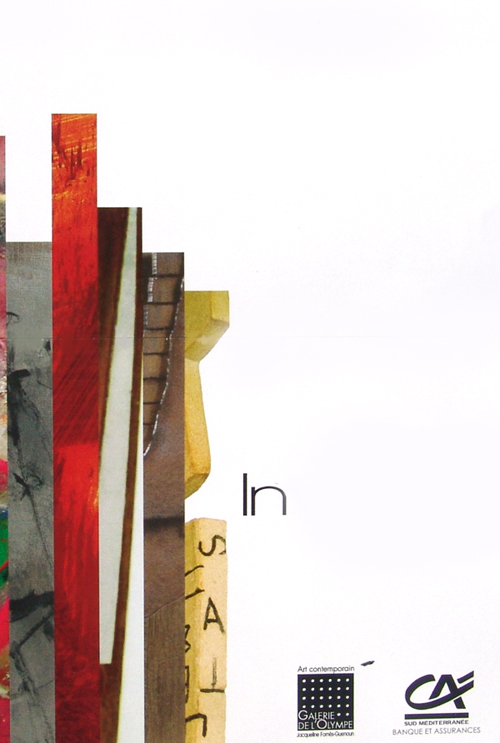 Catalogue of the Exhibition Art Gallery Olympe. Perpignan. France. 2008 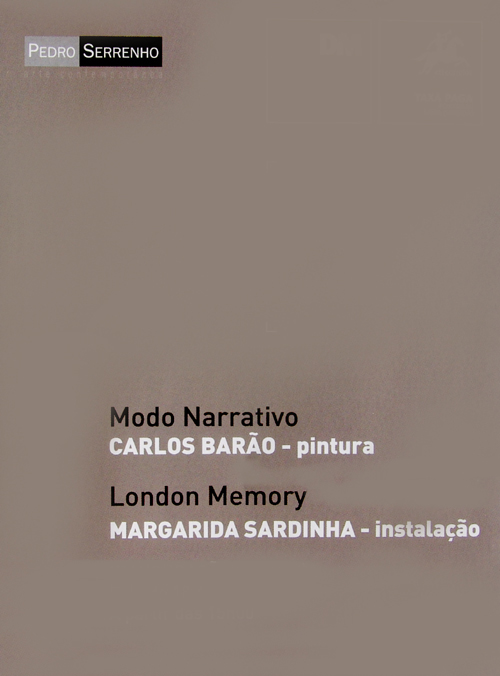 Catalogue of the Exhibition “Modo Narrativo" Art Gallery Pedro Serrenho. Lisbon 2006 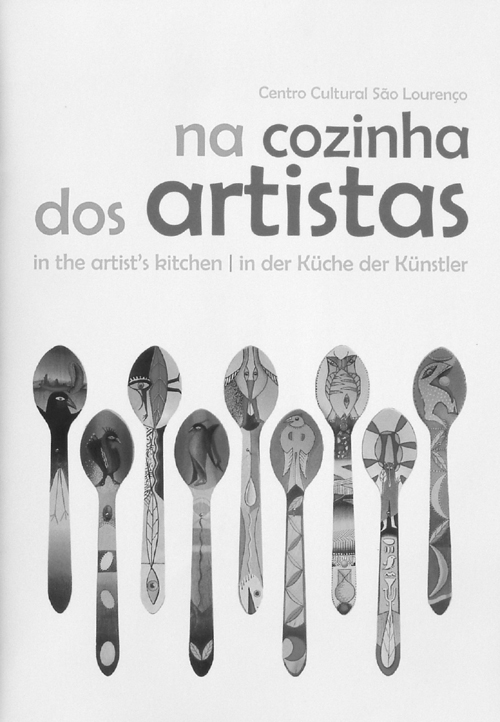 Book "25º years of Cultural Centre of S. Lourenço". 2007 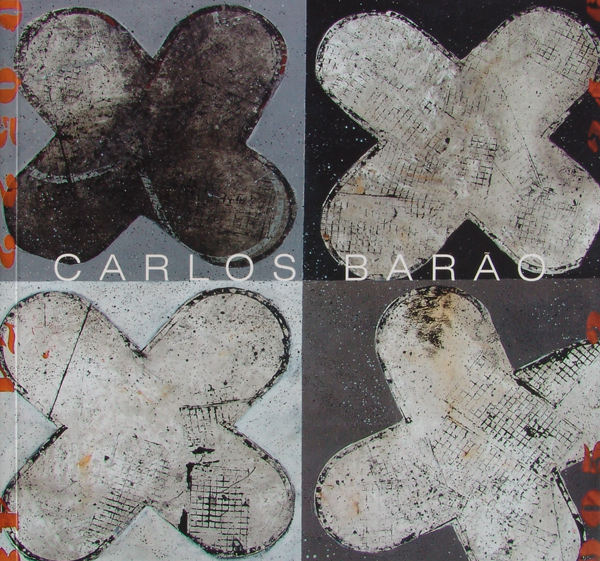 Book “Carlos Barão - Paintings 2007” Bank of Portugal/Municipality of Leiria. 2007 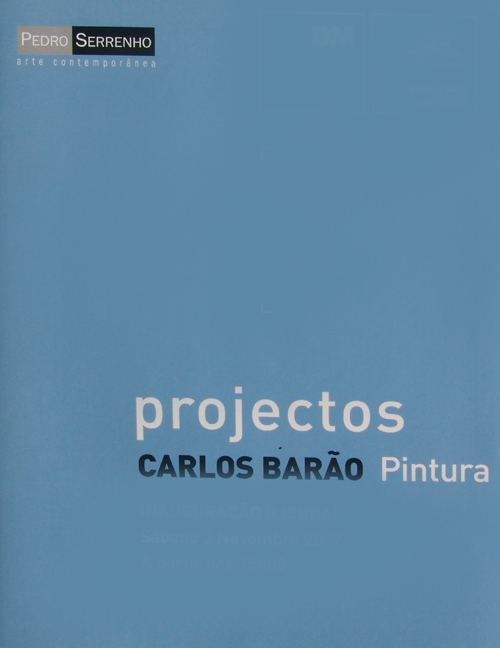 Catalogue of the Exhibition “Projectos” Art Gallery Pedro Serrenho. Lisbon 2006  Antena2/RTP - Interview. "Molduras". August 2007 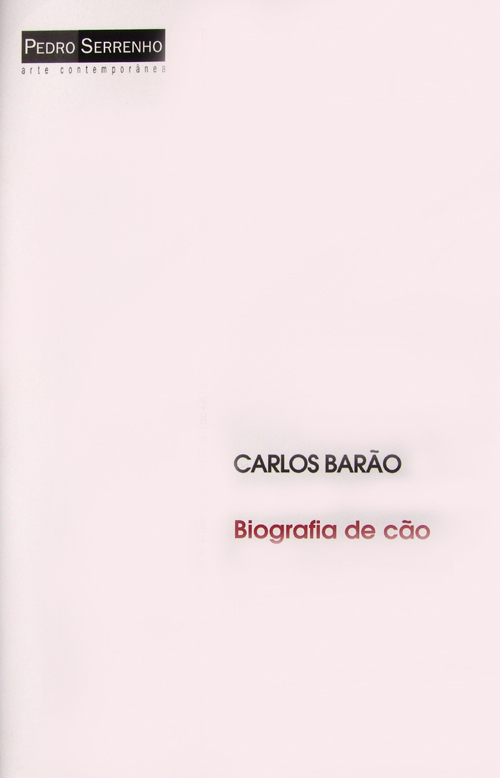 Catalogue of the Exhibition “Biografia de Cão” Art Gallery Pedro Serrenho. Text of José Manuel Ciria. 2006 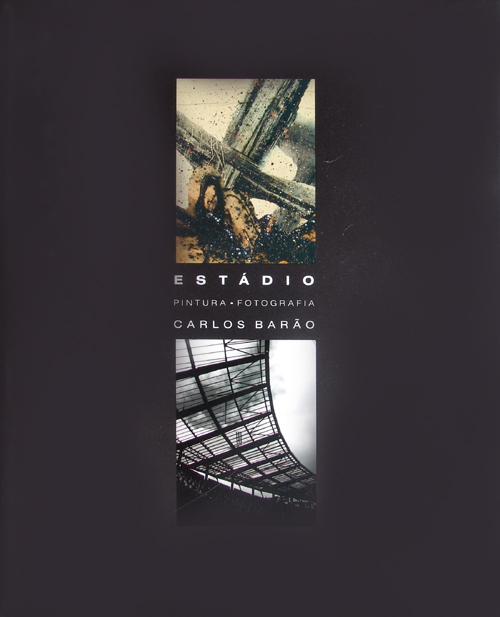 Book “Estádio” Painting and Photography. Text of José Manuel Ciria, Isabel Damasceno and Fernando Mota. 2005 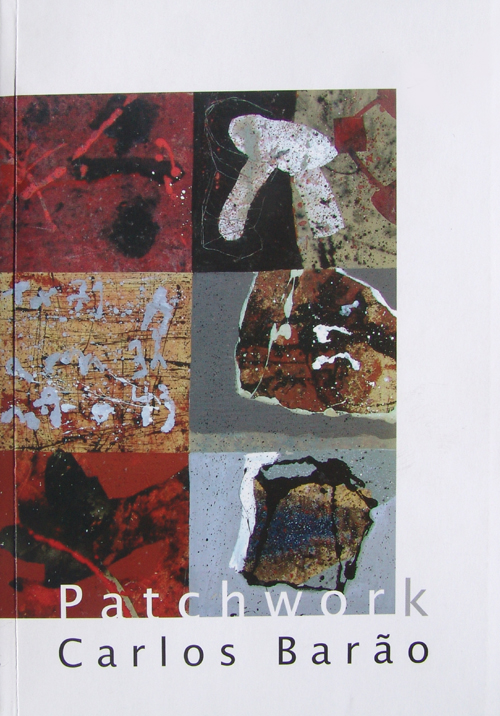 Catalogue of the Exhibition “Patchwork” Cultural Centre of S. Lourenço. 2005 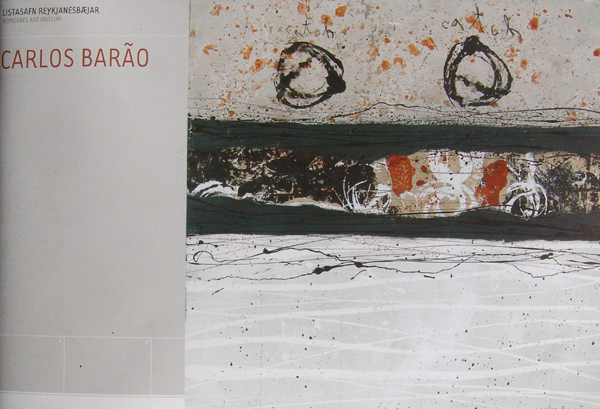 Catalogue of the Exhibition. Reykjanes Art Museum – Iceland Text of Margarida Salet. 2004 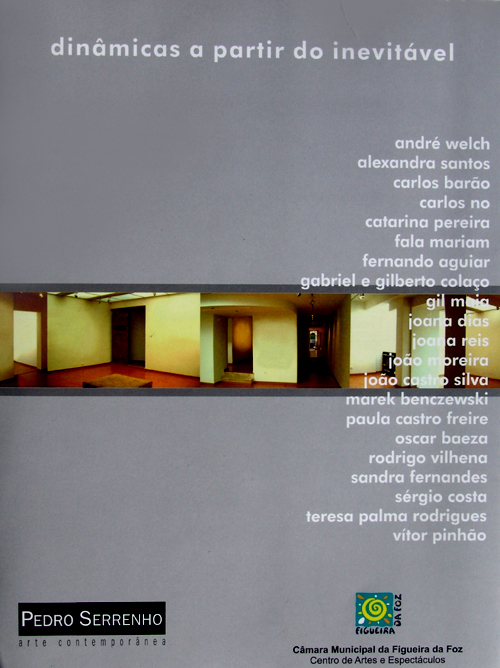 Catalogue of the Exhibition “Dinâmicas a Partir do Inevitável” Cultural Centre of Figueira da Foz. Text of Augusto Carvacho. 2004 Catalogue of the Exhibition “P.K. 630,7: Madrid-Lisboa” Art Gallery Factoria Perro Verde/Galeria Pedro Serrenho. Texts of Augusto Carvacho and Marta de Catalina Blasco. 2004 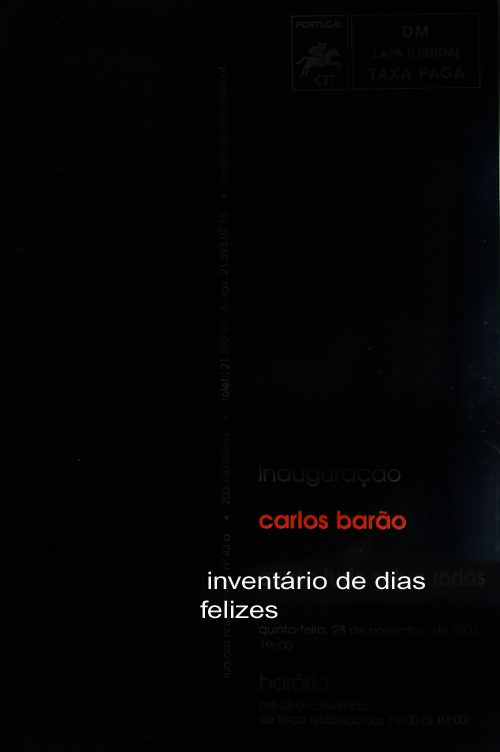 Catalogue of the Exhibition “Inventário de Dias Felizes” Art Gallery Pedro Serrenho. Text of Gil Maia. 2004 Catalogue of the Exhibition “Encontros em Vigo” 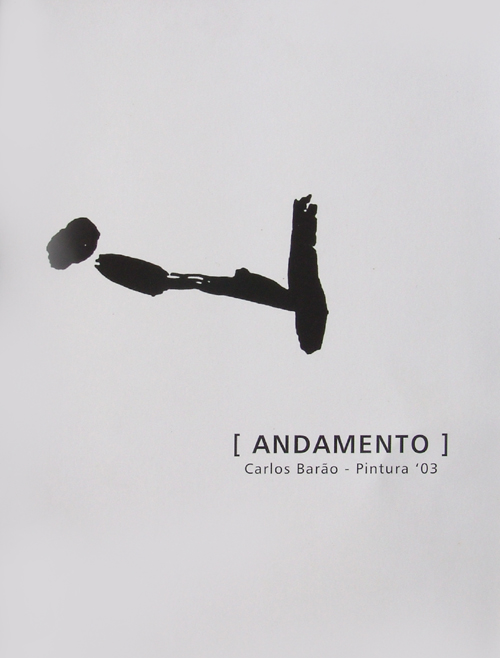 Catalogue of the Exhition "Andamento". Contemporarte Gallery. Leiria. 2003 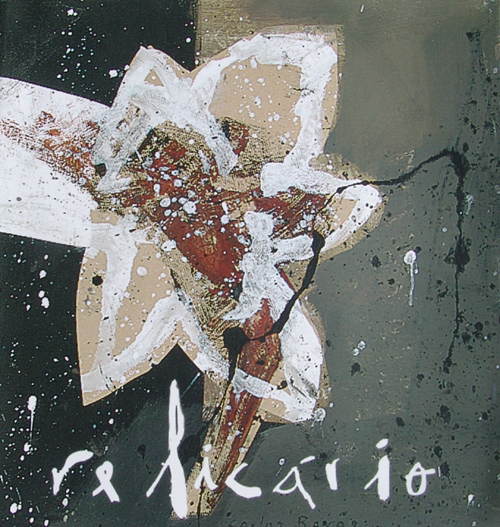 Book “Relicário” Bank of Portugal/ Municipality of Leiria. 2003 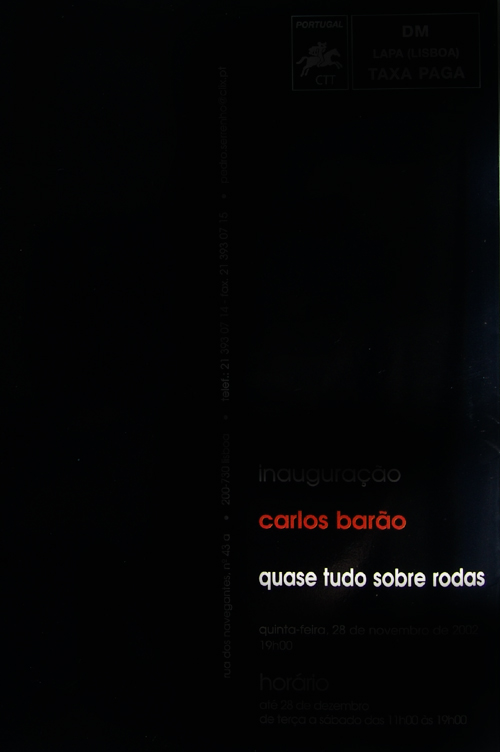 Catalogue of the Exhibition “Quase Tudo Sobre Rodas” Galeria Pedro Serrenho. Text of Constança Metello de Seixas. 2002 "Europa: identitá e linguaggio a confronto" Edition European Commission, Culture Program 2000. Italy. 2002 Catalogue of the Opening Exhibition. Galeria Pedro Serrenho Lisbon 2001 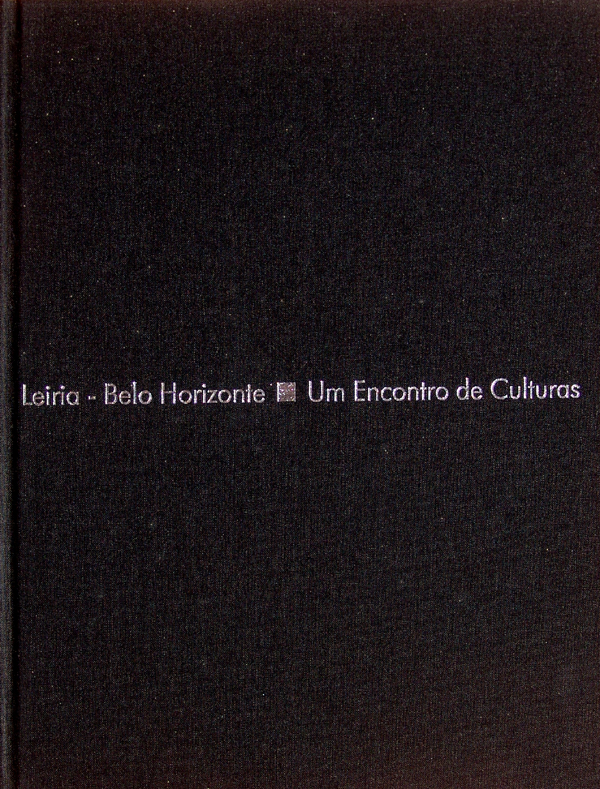 Book “Leiria/Belo-Horizonte. Um Encontro de Culturas” Texts of Mário Soares, José Aparecido de Oliveira, Carlos André, Ângelo Oswaldo Santos, Isabel Damasceno. 2000 |
| Texts |
 What does the artist see and feel in his own work? The creative process of the author does not go through sketches, or pre-defined plans. He does not let himself be conditioned by his own course, avoiding, in this way, the predictability and providing fertile ground for the appearance of the unpredictable. This freedom, that reigns, lies close to spontaneity, bringing with it surprise and fascination, putting the artist in an oscillating and constant perspective between the realization and the enjoyment of his own work. A painting does not undo another, and it is, instead, a puzzle of one unique work that imposes itself. They are facets of a clear journey of personal transformation that manifests itself in constant colors: red and black, light gestures of freedom, of breaking away with the pre-established, sort of controlled depending on the work. To our gaze, which is conditioned by perceptive aspects, a challenge is issued, for us to oscillate between different dimensions and planes, entering into the work and the problems that are exposed in it. These pieces can also be viewed from the inside out, if we center ourselves in what’s most distant and if we try to understand the rupture the artist has made. What questions does it bring us? In what answers does it induce us? The challenge lies before us… Teresa
|
|
...)
CB
has, in a consistent manner, based his work on
the continuous reflexion of the unconscious
which characterises his artistic expression.
This, one could say, is due to his academic
studies in History of Art and Psychology but, as
he himself prefers to see it, his studies have
only helped him to place the problems in
perspective, as it is a lot more interesting and
enriching to find yourself with unexpected
questions -
“the
questions that arise when we struggle over a
painting on a day to day basis, in search of
answers”.
It resembles
a continuous activity, as the work of art takes
shape, with blots and colours interacting,
revealing the thoughts of the artist. However,
it is not only the thoughts of the artist that
counts, says CB, as every painting also extends
an invitation for the observer to get involved
in identifying and interpreting the forms and
contents which, according to the artist, are the
reflexion of the spectators own inner life.
CB already
has an extensive body of work but insists that
each painting is like a paragraph in a long and
infinite reflexive text. In this respect, the
artist confirms that if a painting takes on a
too large importance, the greater is the cloud
covering it and the harder it will be to find
the path, where it wants to lead us to.
(...) If we really persist, Carlos Barao will talk about his paintigs. His reluctance stems from one thing only. According to him, however hard he tries, he is left with an unhappy feeling that what is most important has yet to be said, leaving a clear sensation that Art is an expression of delusion of one thing and truth which is in everything. (..) Without
preceding studies, each
painting
is completely unique; attributed to an instant,
the instant of the image’s creation. Referring
to what he calls
new projective blots,
the artist starts by distributing various blots
over the work surface. At first we do not see a
chromatic relationship, formal or aesthetic,
between the elements
on
the canvas; however, slowly and progressively,
we begin to observe that these parts are
establishing a dialogue, just as if distinct
ideas
organize themselves to form a whole thought.
Familiar patterns appear, manifesting themselves
individually or, alternatively, they merge
together with other patterns creating a
progressively stronger and obvious dialog. Many
times inspired and seen through the simple and
objective perception of a child, suggesting
uncomplicated
figures, even
archetype, the compositions merge and invariably
draw attention.
Carlos Barao, suggests that we for a moment should leave behind the logical, formal, paradigmatic thinking and instead in a more contemplative way use our narrative thinking. Without finding it strange, each image will suggest that we involve it in our personal experience. In this instant, for one instant, there is an acrylic love - the painting is part of us and we are a part of the painting. M.Vieira, "Amor Acrílico", Press Release Gallley7, Coimbra. 2011
Carlos Barao incomplete narratives which the painter executes by means of capturing short excerpts of longer texts, congeal a finite moment that will grab the attention of even the most distracted spectator. Sealing on his canvases references to comic strips, citing incognito posters or writing down lost sentences, the artist seems to want to tell a tale – perhaps a fairy tale – that transcends his own life. As a result the on-looker is invited to complement the story-in-suspension with his own references and memories. In this way expressions and images find a completion through lives other than the author’s. The gap between the image and its meaning seems to reside in the personal and non-transmittable ambit of each of us. (...)
The paintings of Carlos
Barao
speak an apparently inaccessible language, like
the feeling of something intimate and strange –
Das Unheimliche according to Freud.
As they simply
present – not represent – every-day objects,
each of the pictorial works expresses a
reminiscence of lost childhood, of complicated
attainment. Whereas the representation suggests
a collective memory, the presentation reaches
and strikes the individual memory. Thus, upon
reflection of our personal recognition of
objects that accompanied us during our
childhood, the paintings of Carlos Barao
show what is of primordial importance in our
relationship with each of the mentioned objects:
the grief and the pleasure of loss and of
reencounter.
Carlos Barao
attempt
- by means of
collages, spontaneous or more controlled
brushstrokes, the juxtaposition of different
elements, the apparently wild flings at the
canvas, the rough stroke – to elevate the common
objects to the memories and feelings that each
of us internalise. The unchanging narratives to
which the paintings refer are intended to appeal
to and grant the onlooker a better way to
understanding.
The pictorial narratives
are defined in opposition to the literary or
cinematographic narratives. In the latter, the
narrative requires a certain time, always
linear, which is imposed by the object and has
to be spent by the spectator who sometimes will
require the help of figure-of-speech like
flash-back or anachronism. In painting the
linear narrative is substituted by the
incidental in which the spectator determines
from the beginning the time he dedicates to each
image. Literature and cinema, on the one hand,
are built on the basis of different elements and
images that are always dominant, in the sense
that they pre-determine strictly the time we
have at our disposal for appreciation. Pictorial
narratives, on the other hand, are built up on
the basis of a one and only image that might
appear to be dogmatic and totalitarian, but that
on the contrary is permissive, in relation to
what can be seen and what is told. In the works
of Carlos Barao
this permeability is constant: not only because
the images evolve constantly from the memories
of the spectator through reference to childhood
drawings, but also because the difficulty in
identifying the objects encourages a more
imaginative creativity and alludes to a more
ecstatic and emotive narrative. The dialogue between paintings and spectators is neither obvious nor direct. The pictorial narratives are not linear as little as the access is easy to individual memory. In short, the paintings of Carlos Barao are, on the one hand, familiar narratives in the sense that we recognise the objects and stories they represent, but, on the other, strange in the sense that each spectator and the own nature of the paintings complicate the access to the memory they try to evoke: to feel something strangely familiar. Hugo Dinis, in "Something Strangely Familiar II", in Cat. Galley Pedro Serrenho, Lisbon. 2009
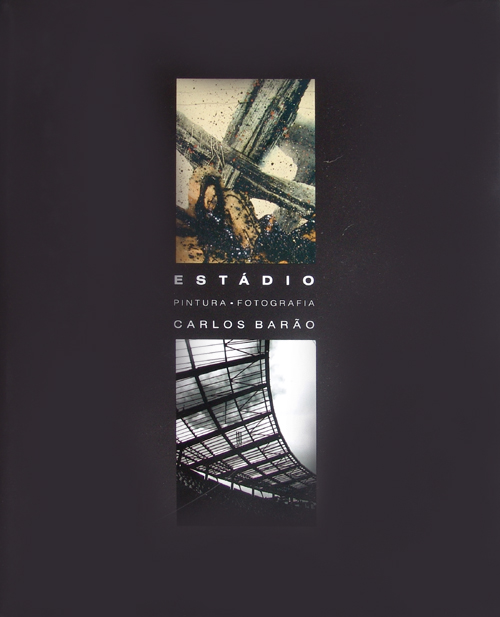
( ...) In order not to extend too much or deviate from the essence, I only intend to say that I consider this work superb, well settled, suitable in its composition, and having an absolutely seductive color temperature.
I can see small squares full of elements, roads,
constructions, a wall, a square and a cube,
letters and texts, symbols and numbers. I can
see a path and flowers. I can see a child with a
big head and rumpled hair, a figure with open
hands, a lady with big breasts. I can see a
house and a lake, another child, sister of the
first one, runs by. I can see lines and
atmospheres, blood and life…
Yes, I can see all that, knowing Carlos that
your work is completely abstract, that you don´t
need references, that you prefer the search for
surprise, for the plastic event, for the
adventure of the solution, for the consolidation
of a personal and unique language.
Dear companion and friend, what to say standing
before you work? For me, it´s a delight and
breath of fresh air... Keep
painting with what everyone should paint – the
guts! José Manuel Ciria
“Carlos
Barão
or
the painting taken out of the guts (short
affectionate approach to his latest works)”.
In
Stadium,
2005.
|
|
|